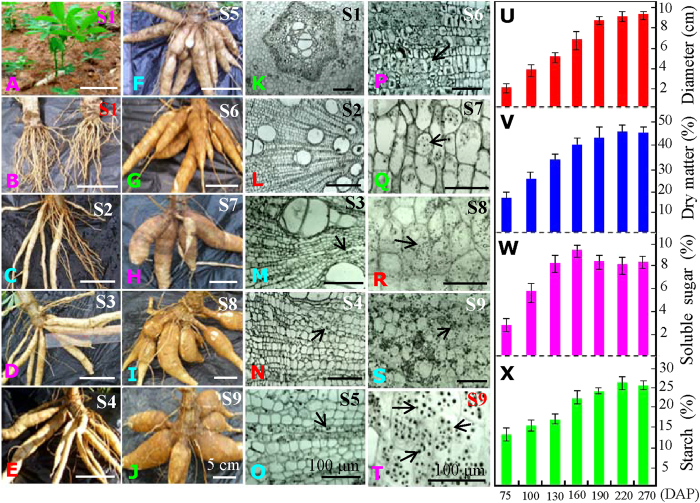Figure 1. Morphological changes and starch accumulation patterns in cassava roots during tuberization.
The seedlings (A) and roots (B) growing for 30 days after planting (DAP) were presented, respectively. Typical whole tuberous roots growing for 60 (C), 75 (D), 100 (E), 130 (F), 160 (G), 190 (H), 220 (I) and 270 (J) DAP were also presented. White bar, 5 cm. The middle parts of the main roots from the plants growing for 30 (K), 60 (L), 75 (M), 100 (N), 130 (O), 160 (P), 190 (Q), 220 (R) and 270 (S) DAP (S1–S9, respectively) were observed under a light microscope. Typical starch granules in the endoderm of 270 DAP roots are highlighted (T). Black bar, 100 μm. The arrows indicate the positions of the typical starch granules. The corresponding changes in root diameter (U), dry matter (V), soluble sugar (W) and total starch (X) in the main tuberous roots of the 75, 100, 130, 160, 190, 220 and 270 DAP plants are also shown.

